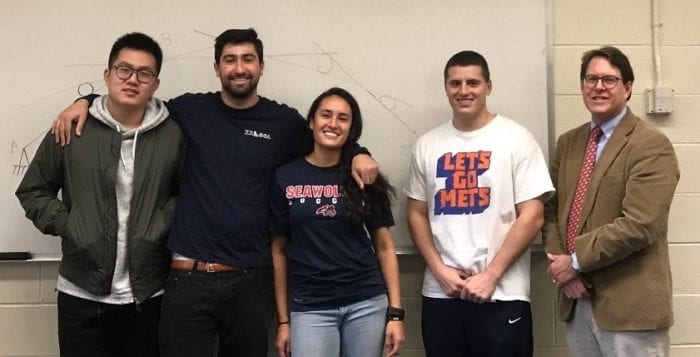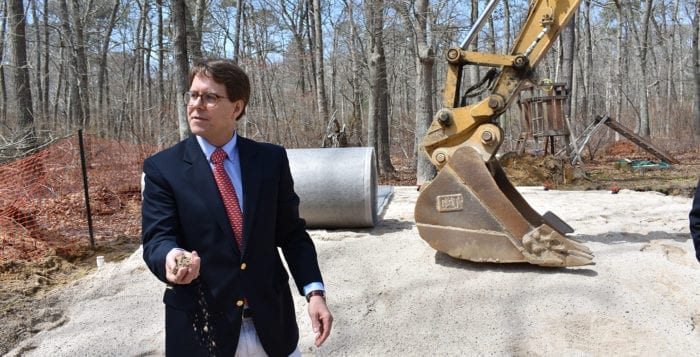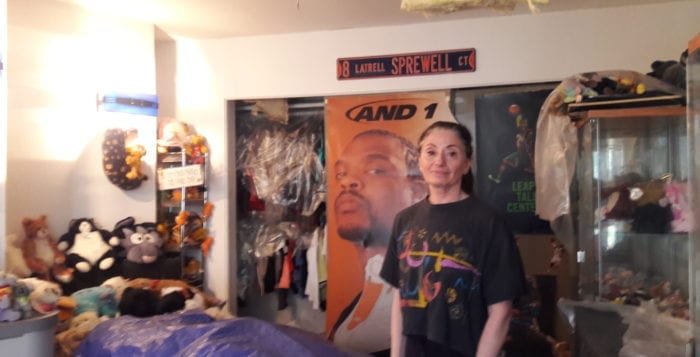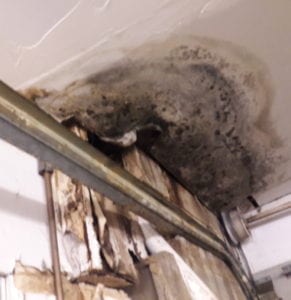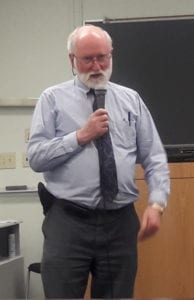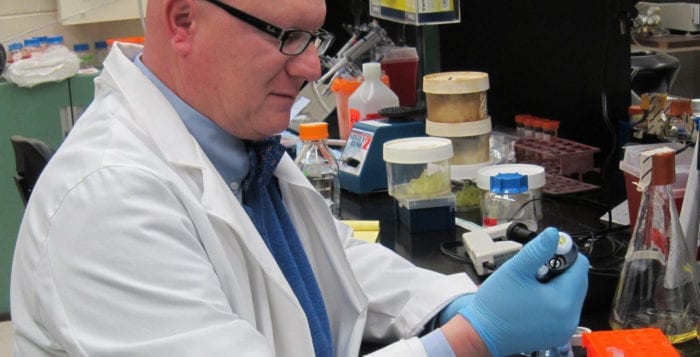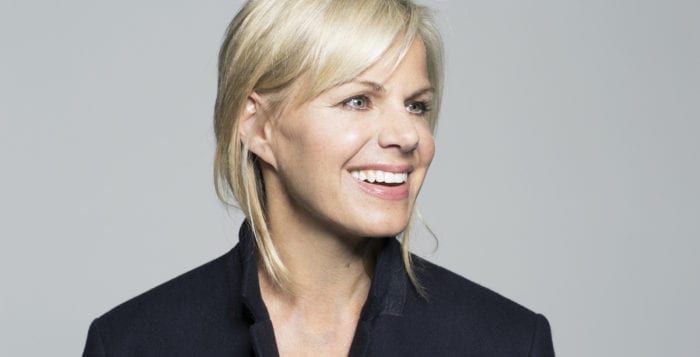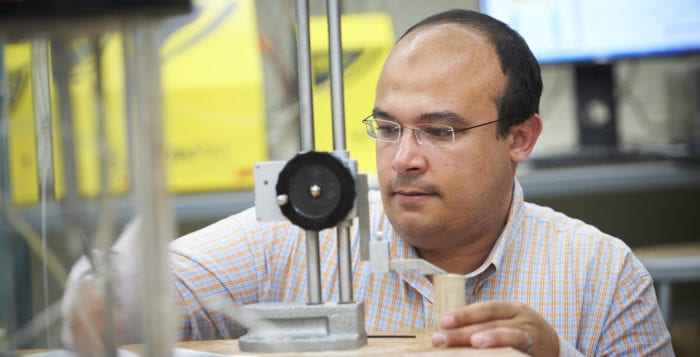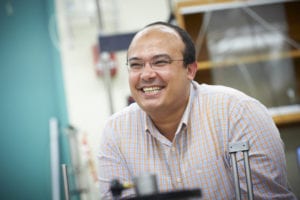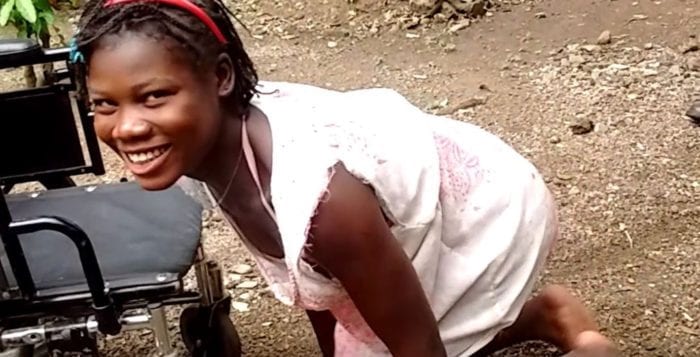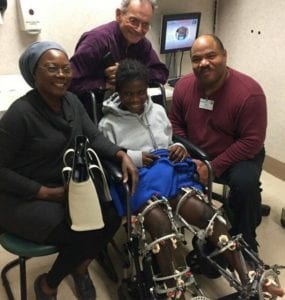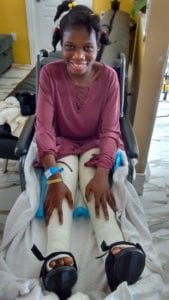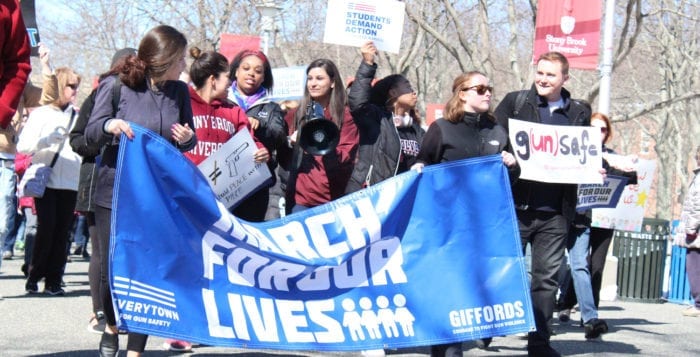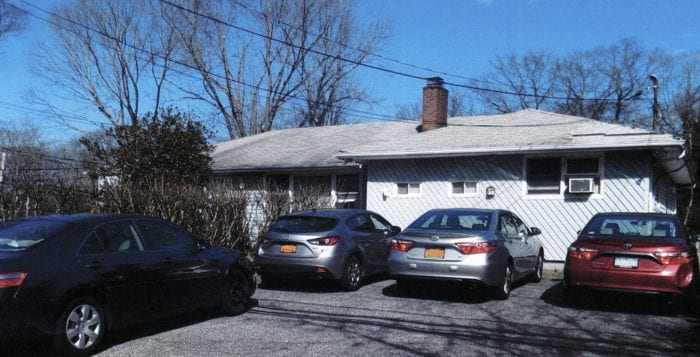In its inaugural year of facilitating student engineering projects to improve the quality of life in Madagascar, BeLocal Group had an enviable problem.
The organization, which was founded by husband and wife team Jeff and Mickie Nagel of Laurel Hollow and Eric Bergerson of Forest Hills, had so many high-quality projects with the potential to solve daily challenges in Madagascar that they had trouble selecting the winner of the $2,500 prize.
“We had really robust debates amongst the entire BeLocal team,” Jeff Nagle said, referring to about eight projects that met several important criteria, including an expectation of impact, innovation and quality of engineering.
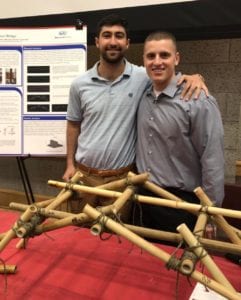
Indeed, the BeLocal Group is highlighting the winner and seven finalists on its website, BeLocalGrp.com.
“We saw so many good projects,” Bergerson said. “It’s ultimately about the transfer of knowledge and empowerment.”
The nine members of the judging panel awarded the BeLocal Prize for Student Innovation May 2 to a team that worked on a bridge to cross a stream near the village of Mandrivany. Led by Johnny Donza, the team, which includes Yuxin Xia, Luke Papazian and Manuela Corcho, designed a da Vinci bridge, so named after the famed Renaissance artist Leonardo da Vinci, who sketched a design for a similar bridge in 1502.
Villagers had been using a log to cross the stream. A broken log was difficult to replace because the island nation is confronting significant deforestation.
Instead of using valuable trees to construct the bridge, the Stony Brook University team turned to the plentiful bamboo.
Donza came up with the idea for the design after watching a video on YouTube of the Rainbow Bridge in China. A few clicks later, he said he stumbled on the da Vinci bridge, which is a simpler concept.
Stony Brook students produced a range of designs. Many homes in Madagascar cook their food inside, where they produce smoke from briquettes. The children who stay inside during cooking time struggle with breathing problems, as the particulates from the briquettes create a hazard.
Jeff Nagel said they don’t have a lot of aeration in their homes. Inhaling the fumes from briquettes made of raw wood or poorly made charcoal causes respiratory disease.
Michael Downey led a team that presses a mash made by another Stony Brook team including Timothy Hart into briquettes using biowaste from rice husks and casaba peels.
“Most people, when [they] graduate, they start working or go into an office and sit behind a computer. This is a chance to go to the opposite side of the world and help people.”
— Johnny Donza
The device, which is made of bamboo, PVC tubing and some nuts and bolts, can produce four briquettes in a minute, Downey said. The other members of Downey’s team were Robert Michael, Adam Smith and Arie Spiel.
“The charcoal burns cleaner than regular wood,” Downey added.
The ideas for specific needs came from a trip BeLocal coordinated last summer in which graduate students Acacia Leakey and Leila Esmailzada traveled with Mickie Nagel to Madagascar with video cameras to learn about local needs.
This summer, BeLocal will send a larger contingent of students to Madagascar. Hart, Donza and Downey will travel with Sean Peters, Sunny Cheng and Robert Myrick. The team will build four prototypes of various designs. Donza and Downey were excited about their postgraduation trip to the island of lemurs.
“Most people, when [they] graduate, they start working or go into an office and sit behind a computer,” Donza said. “This is a chance to go to the opposite side of the world and help people.”
Downey added that the “whole point of becoming an engineer is to change the world.”
While the students are exploring new areas with their designs, BeLocal is also planning to broaden out its work. The organization is looking to gather information and foster innovation in other countries next year. It has also spoken with faculty at several other universities, as well as with nongovernmental organizations.
“It is the goal of BeLocal to provide the leverage of global innovation to challenges sourced around the globe,” Bergerson said in an email.

